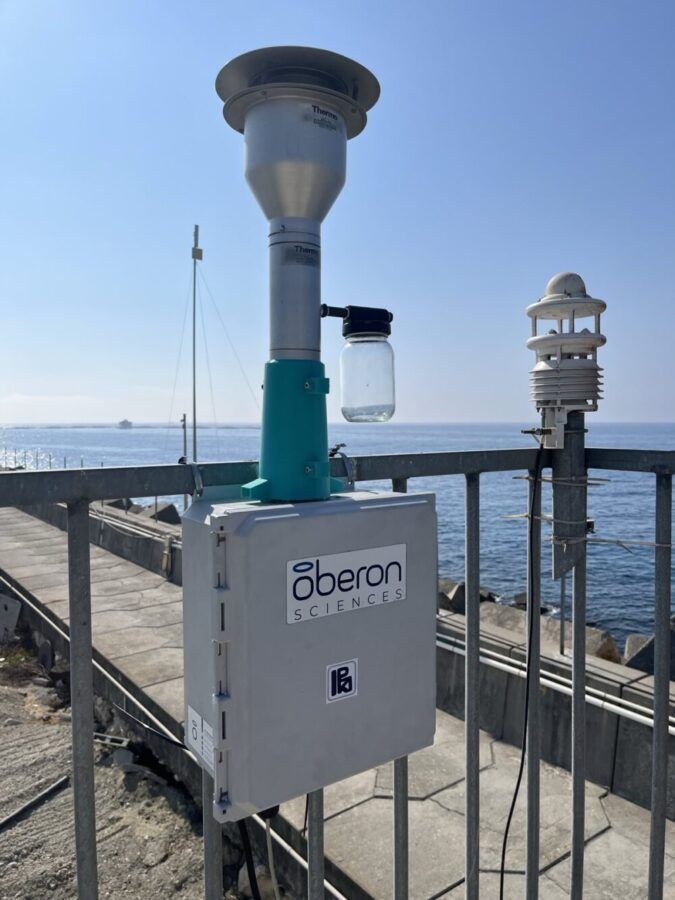
AeroTape Installation at CAO-LIM Port Station
2025-07-30
The Cyprus Atmospheric Observatory Limassol Port monitoring station (CAO-LIM) was upgraded on Fri…
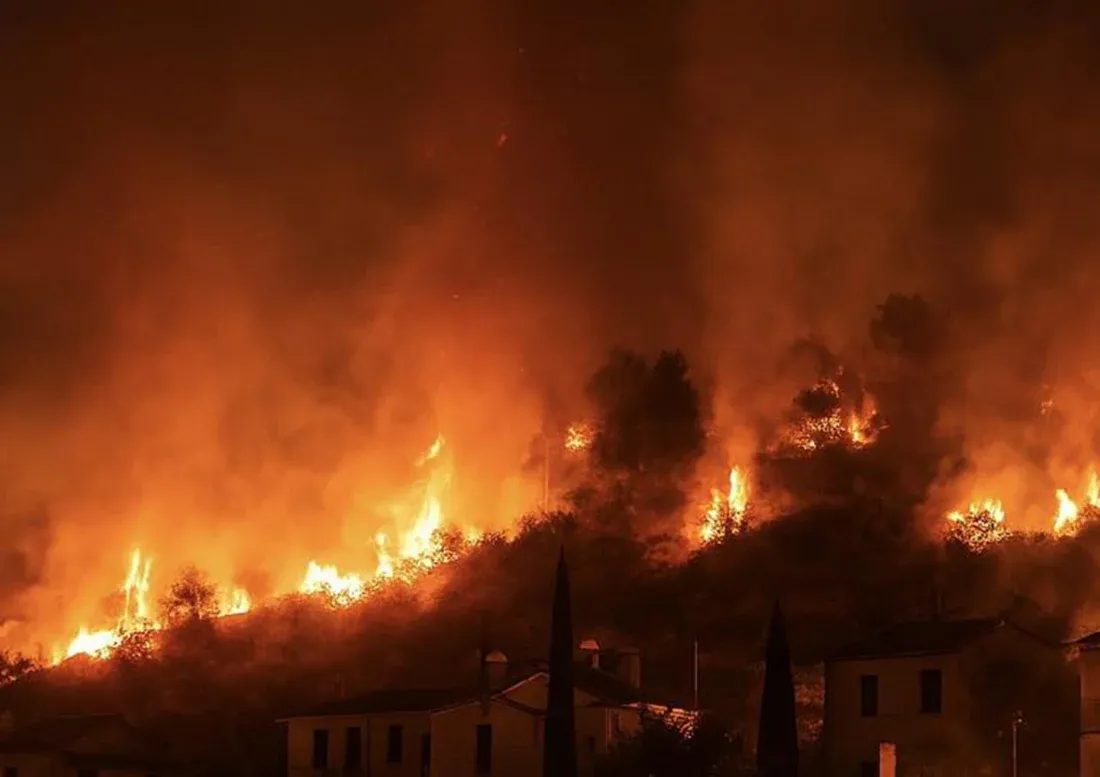
🔥 Air Quality Alert: Limassol Wildfires Trigger Pollution Spikes at CAO-LIM Monitoring Station
2025-07-25
Over the past two days, massive fires—fueled by high temperatures, strong shifting winds, and ari…
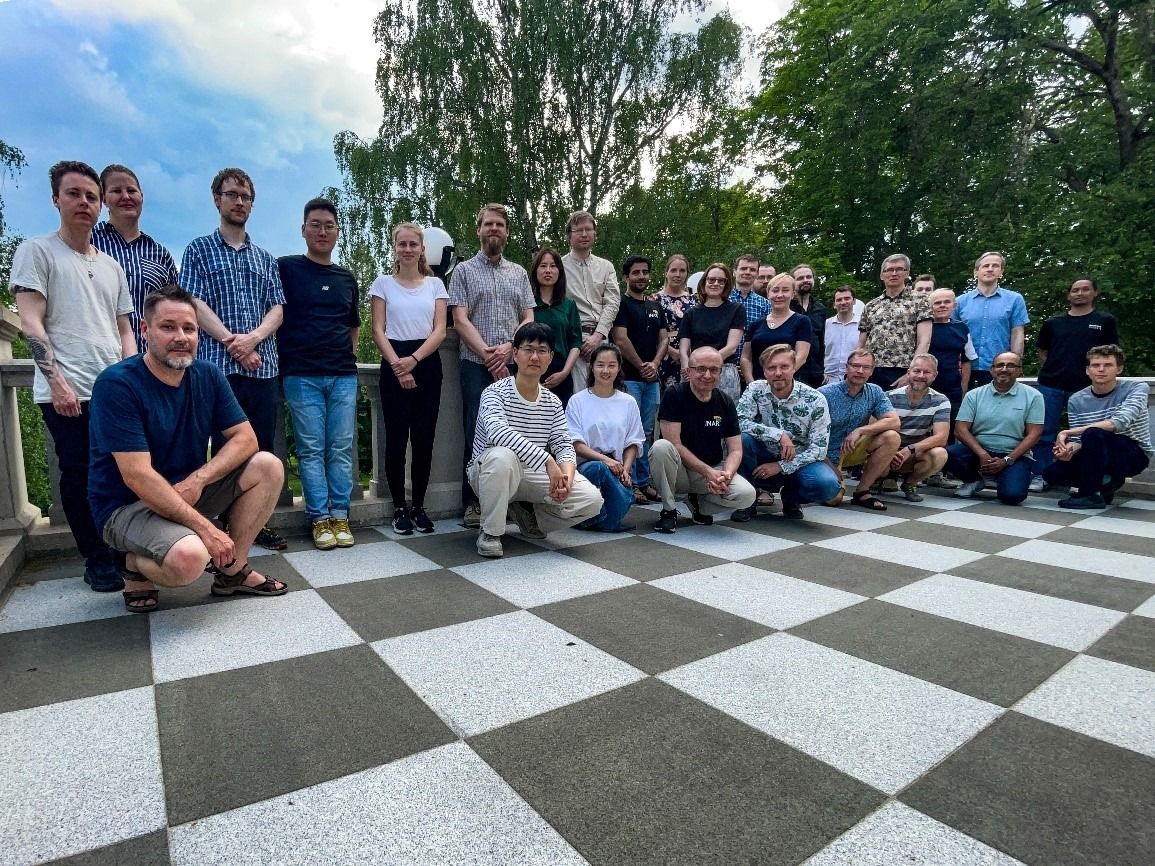
Prof Tuija Jokinen of CARE-C at the 25th Annual Air Ion and Aerosol Workshop in Pühajärve, Estonia
2024-06-03
CARE-C assistant professor Tuija Jokinen represented the Environmental Observations department in…
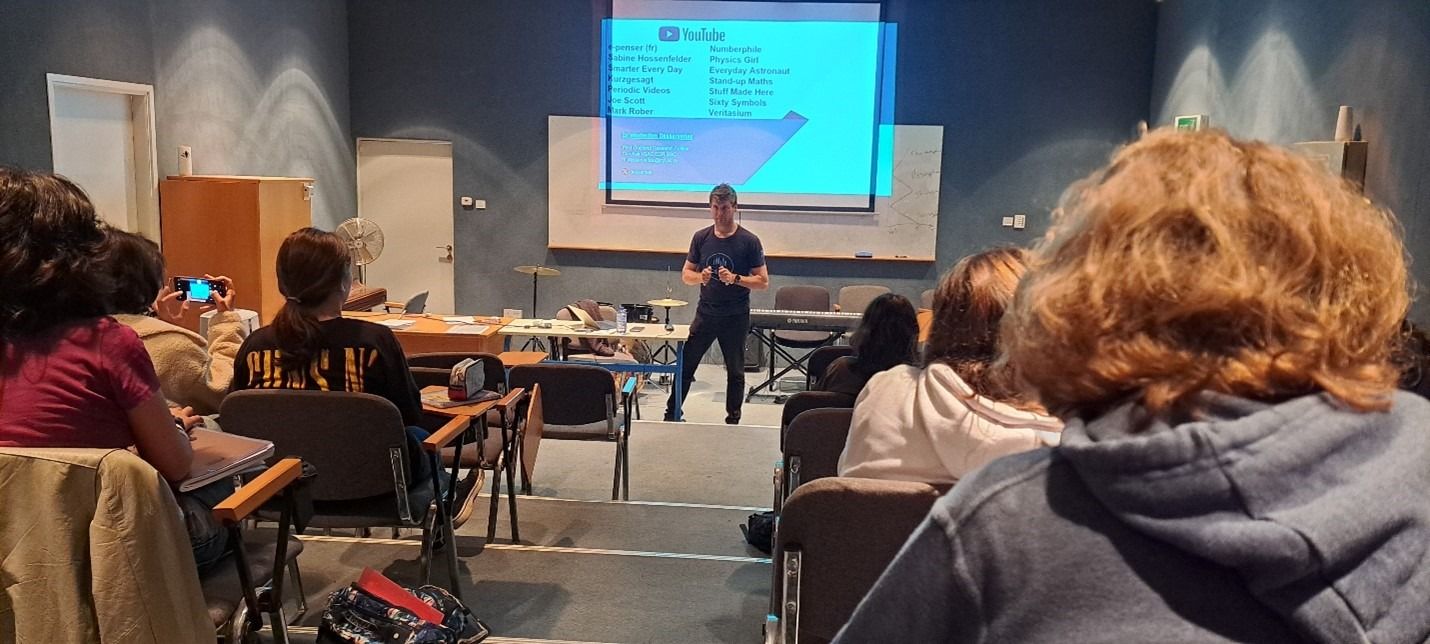
CARE-C’s Dr Maximilien Desservettaz visit to the French- Cypriot school
2024-01-09
Dr Maximilien Desservettaz, postdoctoral research fellow at CARE-C of the Cyprus Institute, visit…
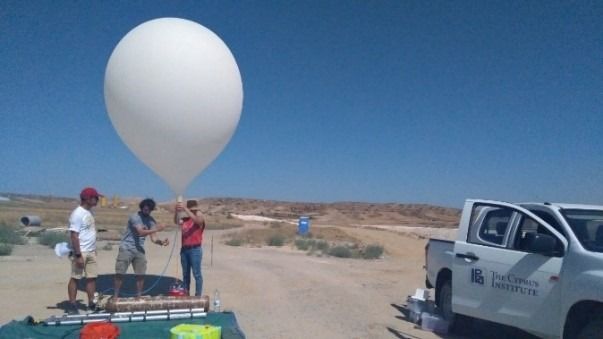
AirCore flight successfully implemented by CAO and USRL teams
2022-08-08
The geographical position of Cyprus is advantageous for measuring regional and long-range transpo…
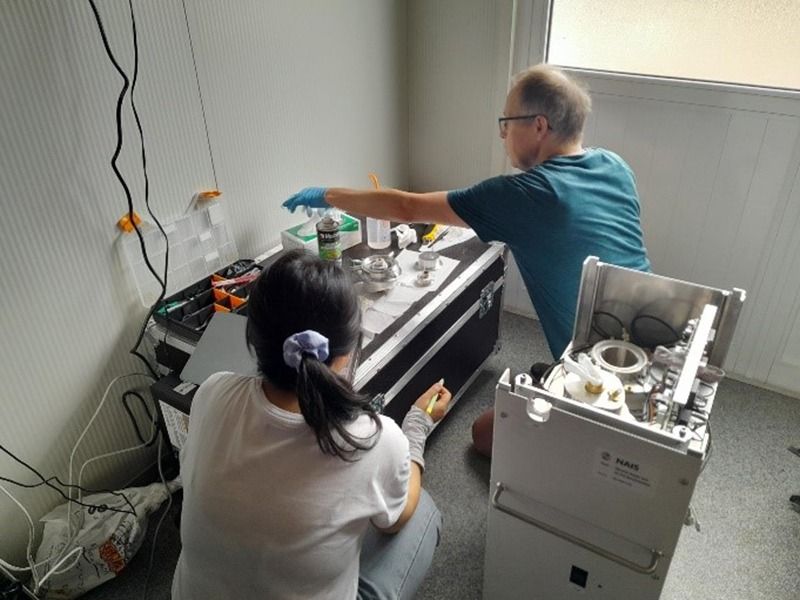
CAO welcomes University of Groningen team for ATMO-ACCESS funded TransNational Access visit
2022-08-03
The ATMO-ACCESS project supports Trans-National Access to services offered by selected, first-cla…

